A tourist trap, by definition, is an astute way of capturing commerce through the spectacle of viewing a novelty sight or engaging in a novelty action at the altar of said sight. It has nothing to do with the legitimacy of flocking to what we perceive as national or historical treasures, only a comment on the herd of people you will inevitably encounter there, as well as the expectations thus associated with your wallet and bank account.
Some tourist attractions are worthy of a glance, despite the cost. They offer such majesty, that the inconvenience afforded to them is inconsequential. They announce the necessity of their observance.
Other sites, however, are guilty only of being pithy sights intended to separate you from the money in your wallet. Below are 10 tourist traps in the United States, that though certainly worthy of viewing, will nonetheless purloin you of a “pretty penny” as well as your valuable time.
Hollywood Walk of Fame – Los Angeles, CA

I was once a resident of LA. I breached my integrity, numerous times, once friends were visiting, to refrain from noting my disenchantment with the Hollywood of Walk of Fame. They were insistent upon seeing it, so what was I to do? If you are quite keen on viewing homeless folks defecate upon the icons of the silver screen, then certainly, you can view the squatters.
The Hollywood Walk of Fame is ramshackle, poorly kept, and ultimately hollow and superficial. Additionally, parking is difficult to identify, you’ll have to wade through channels of slow-moving traffic to ultimately reach your destination, and once there, there is little to behold.
Instead, I’d recommend the Griffith Observatory, Runyon Canyon, or camp-sites in Malibu. That’s LA how it once was, before it became its own concrete reservoir of steel and highways.
Four Corners Monument – UT, CO, NM, AZ
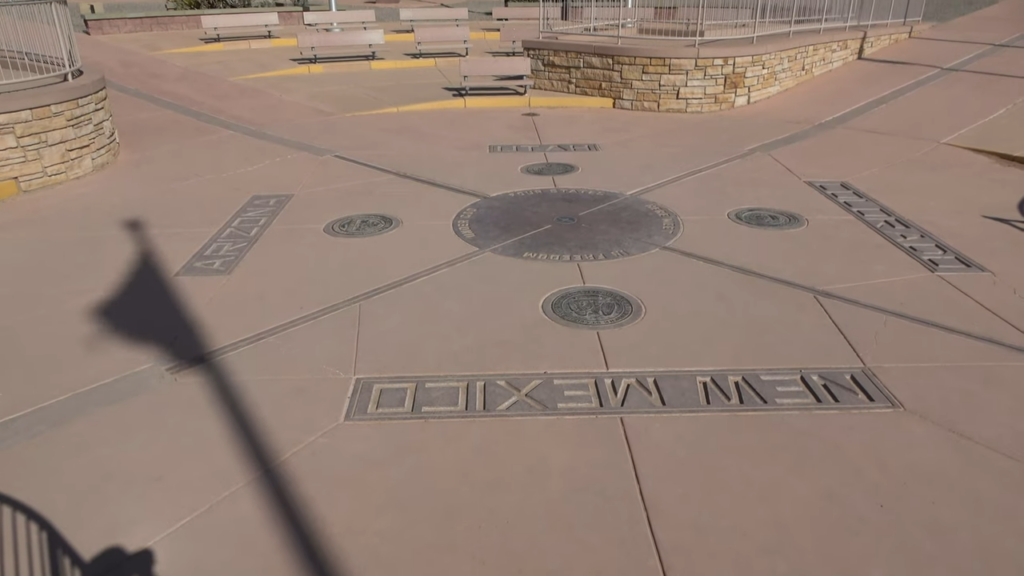
Does this require much articulation?
The Four Corners Monument are where four states meet. The border line was delineated by the federal government, arbitrarily, very long ago. If one is on a road trip, I suppose it’s a novelty that shouldn’t be ignored. The monument is unique in its own peculiar way.
Yet, it is still confounding why people mark this wantonly as a place of significant interest. It offers nothing physically distinct, in terms of the surrounding geography, only a small plaque announcing you are at the junction of four states.
Café Du Monde – New Orleans, LA
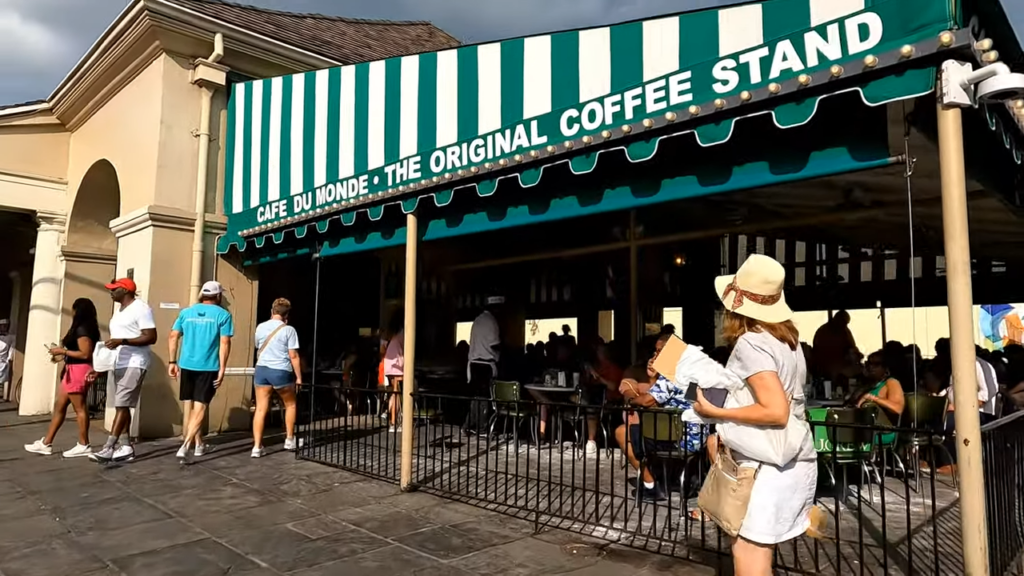
New Orleans, for all its luster, is really only a less grand version of Las Vegas. It smells of vomit (at least in the French District), it is unbearably humid, and its history is rather unsettling.
Café Du Monde does offer a respite, admittedly, in the form of its beignets. As well as the musicians dutifully playing their instruments in the close vicinity.
If you happen to be venturing in Louisiana, it is a stop that offers distinction. Pictures will definitely yield a deluge of “likes” on social media.
Plymouth Rock
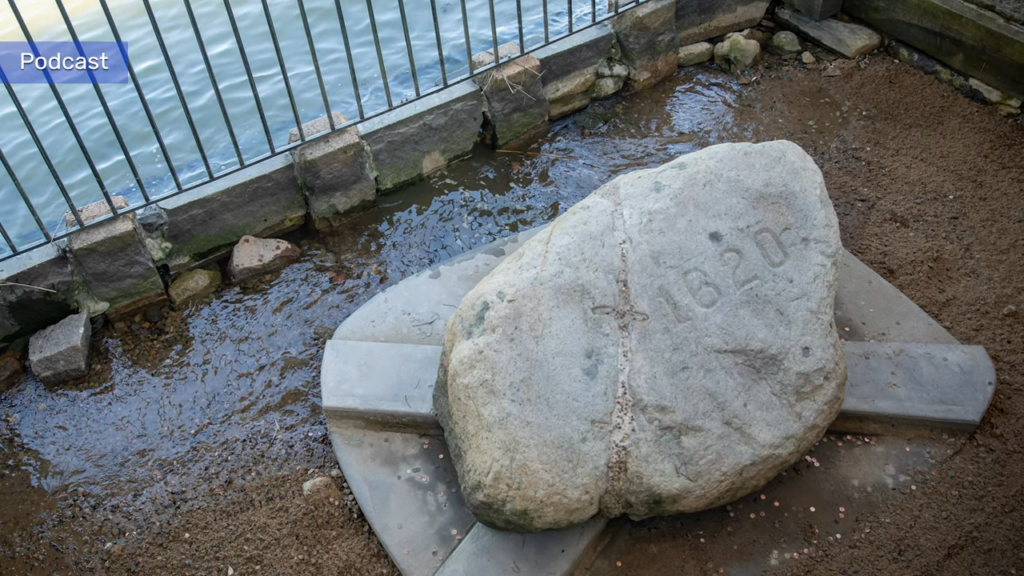
The site of “Plymouth Rock,” where the Pilgrims apocryphally vacated the Mayflower and sought to settle, is somewhat of a myth that the city of Plymouth has nonetheless capitalized on. In reality, the Pilgrims likely first landed closer to present-day Provincetown, though the current residents of Plymouth will attempt to convince you otherwise.
Despite the charade, “Plymouth Rock” is simply a rock with a groggy backstory. The neighboring town is quaint, but as with any city located in close conjunction to a tourist attraction, is consequently overpriced.
The main point here is that there are other rocks to look at in Massachusetts. This one doesn’t really hold any distinction, apart from the derived mythology surrounding it.
Rockefeller Center – New York City, NY

John D. Rockefeller was an eminent oil and steel baron. An assiduous worker, he crafted a monopoly in the creation of the notorious Standard Oil Company at the end of the 19th century. The Rockefeller Center, bearing Rockefeller’s name, was originally conceived as a new home for the Metropolitan Opera and other common retail establishments. It is now a multi-use complex that has become inextricably intertwined with borough of Manhattan.
Hence, it has become a landmark tourist destination for visitors to New York City. Especially during the winter, when it opens its ice rink and erects its fabled Christmas tree, the complex can become stifling and crowded. Though certainly worthy of a visit, expect hordes of others to join you in your observance of the building and surrounding grounds.
The Original Starbucks – Seattle, WA
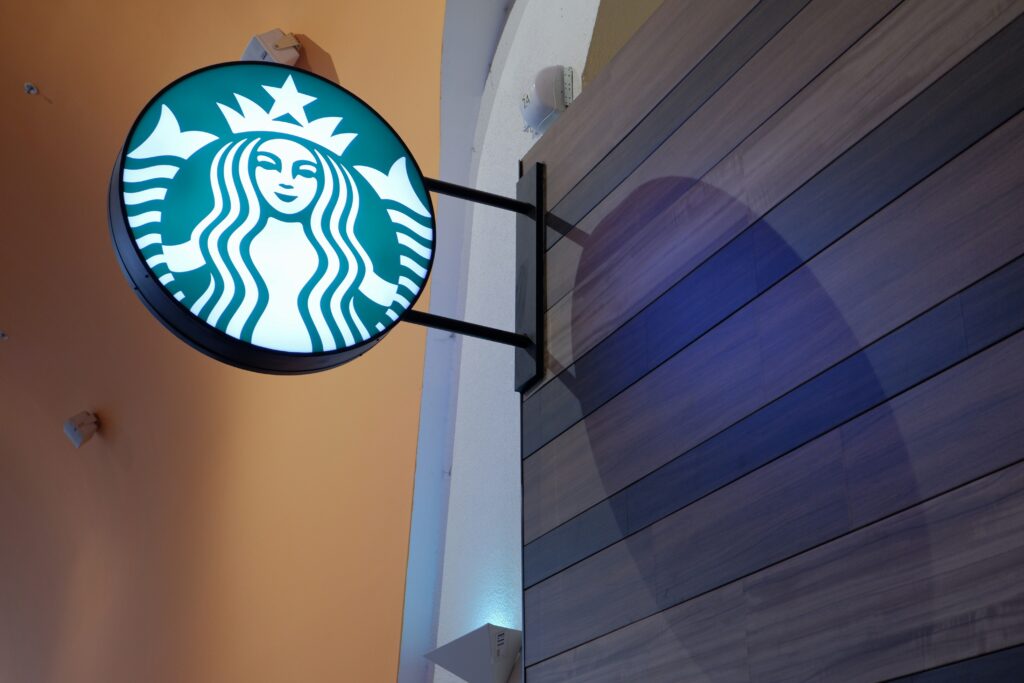
With Starbucks itself becoming so ubiquitous, it is peculiar that coffee-seeking tourists would be so insistent on patiently waiting in line at the original Starbucks coffee shop, located near Pike Place Market, in Seattle. Why, one wonders, would it be seminal to wait hours in a serpentine line for essentially the same brew one could purchase right around the corner?
To be fair, however, the original Starbucks does feature exclusive merchandise and a special proprietary roast at the store. If one is truly devoted to coffee, the original Starbucks coffee house may constitute an exhilarating side-trip one morning.
Times Square – New York City, NY

There is no doubt that Times Square is a spectacle to media and mainstream popular culture. Home to a flurry of digital LED screens, aimless humans wandering about in obscure costumes, world-famous theaters, and a conflagration of shops; it is difficult to become bored in this bustling center of life, affectionately referred to as the “Crossroads of the World.”
Approximately 330,000 people, tourists and domestics alike, pass through Times Square daily. It is a vital hub of the Big Apple, but alas, one that may only be needed to visit once. The spectacle is fleeting, it is easy to get lost in a mundane shopping spree, and it is hardly a place that offers much relaxation.
Niagara Falls – Niagara Falls, NY
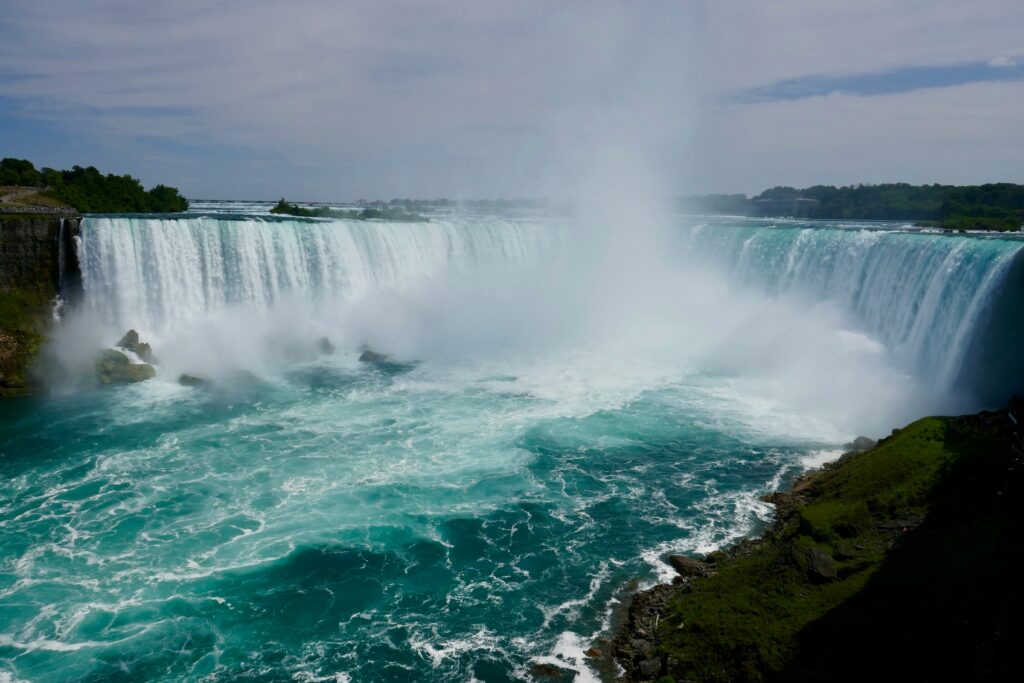
I have contradictory feelings about Niagara Falls. The falls themselves are a wonder to behold. Stepping on-board the Maid of Mist, bedecked in protective ponchos, and cruising languidly near the falls themselves, hearing the thunder of water crashing from hundreds of feet above is an experience that words do not offer adequate justice to.
Still, if we’re operating under the auspices of what we’ve defined a tourist trap to be, it certainly is. Upon leave of your experience, the majesty of nature degenerates into capitalization upon your capital. If you’re staying in Niagra with children, there are pithy theme parks to patronize. Of course, there is also a profusion of merchandise in stores adjacent to the Falls to expend earnings.
It is, however, certainly worthy of a visit. Though I’d encourage further exploration, if one is confined to the vicinity of the destination, to other locales.
Mt. Rushmore – Keystone, South Dakota

South Dakota doesn’t exactly roll off the tongue as a desired destination for zealous tourists. It’s located in a rural area of the country without too many distinguishing features. When people do mention South Dakota, if they have any grasp of geography whatsoever, it is usually associated with a critical landmark: Mount Rushmore.
On an otherwise unobtrusive mountain-face lies carved in granite the faces of four of America’s greatest Presidents: George Washington, Thomas Jefferson, Theodore (“Teddy”) Roosevelt and Abraham Lincoln. Though the criterion for inclusion in the monument remains somewhat ambiguous, Gutzon Borglum, the sculptor patronized to craft the landscape, purportedly selected figures who marked a pivotal point in the country’s history. Washington was predictably selected as the first President of our country; Jefferson, due to his authorship of the Declaration of Independence and his purchase of the Louisiana territory, essentially doubling the size of the burgeoning state in a single stroke; Roosevelt, largely as a consequence of the economic expansion of the US during his presidency; and Lincoln, for holding a country torn asunder together.
It is certainly a site to behold, but outside of the national landmark, there is little else worthy of exploration in South Dakota. If one is inclined to quiet places and little extracurricular activity, one can certainly find serenity and solace in the rustic peace of the Black Hills. But do not expect a flurry of excitement, otherwise. Mount. Rushmore’s secondary purpose, outside of its primary one of honoring our nation’s past, generally serves as South Dakota’s singular draw for tourist activity.
Gum Wall – Seattle, Washington
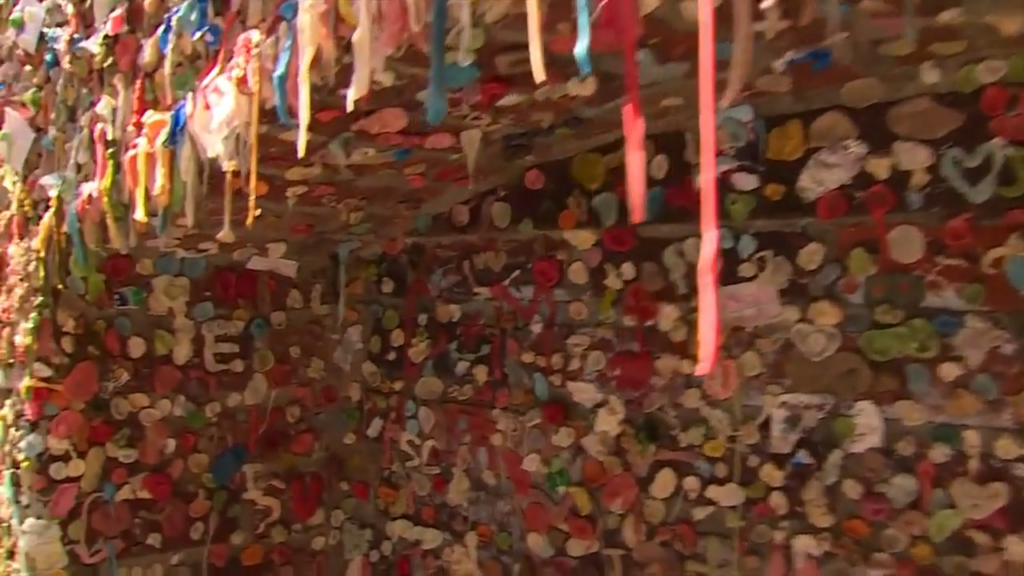
What exactly constitutes Seattle’s “Gum Wall?” Well, it’s exactly as you’d expect: It’s a wall where people freely litter their chomped gum. It has a relatively prosaic history: Once, in the early 1990s, while people were waiting in line for the nearby Market Theater, they lackadaisically began pasting their chewed gum to the wall. Over time, the constellation of discarded gum evolved into a perceived “art project,” with visitors gradually molding the shapes of their refuse into varied figures or shapes.
It’s a somewhat grotesque sight, but tourists nevertheless seem to indulge in it. If one is walking by, it doesn’t hurt to take a picture of the garbage on one’s way to Pike Place or another more notable locale in Seattle.
For additional information on travel, reference the following articles:

